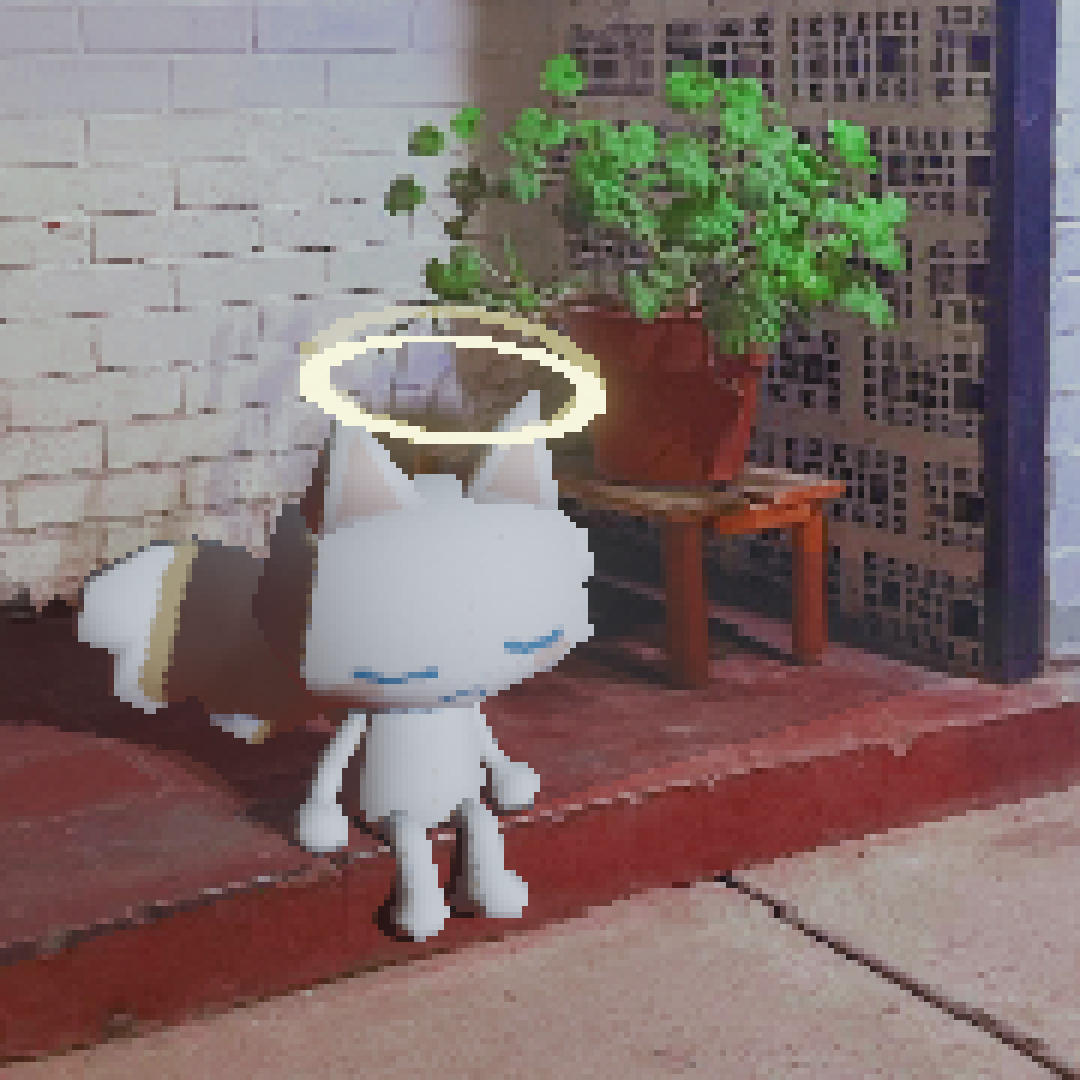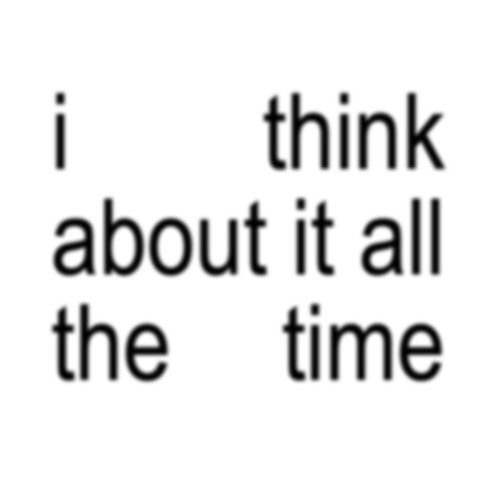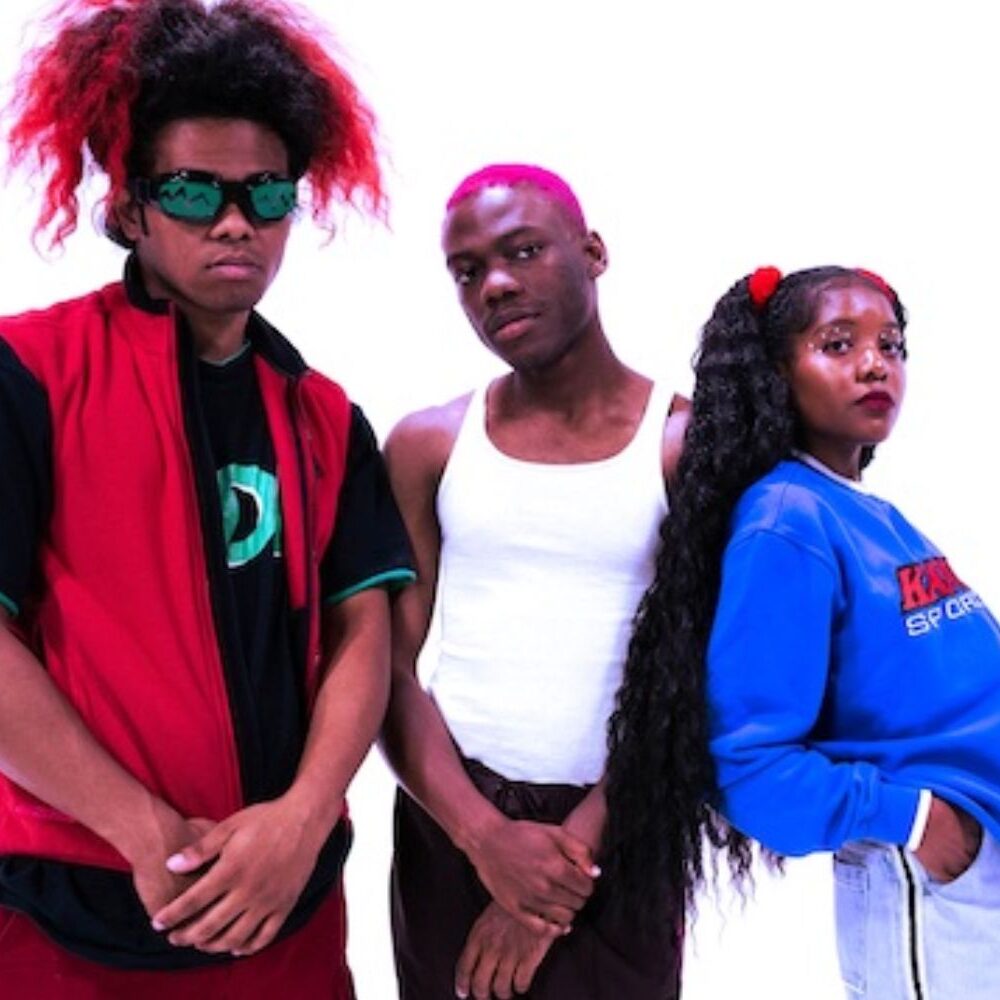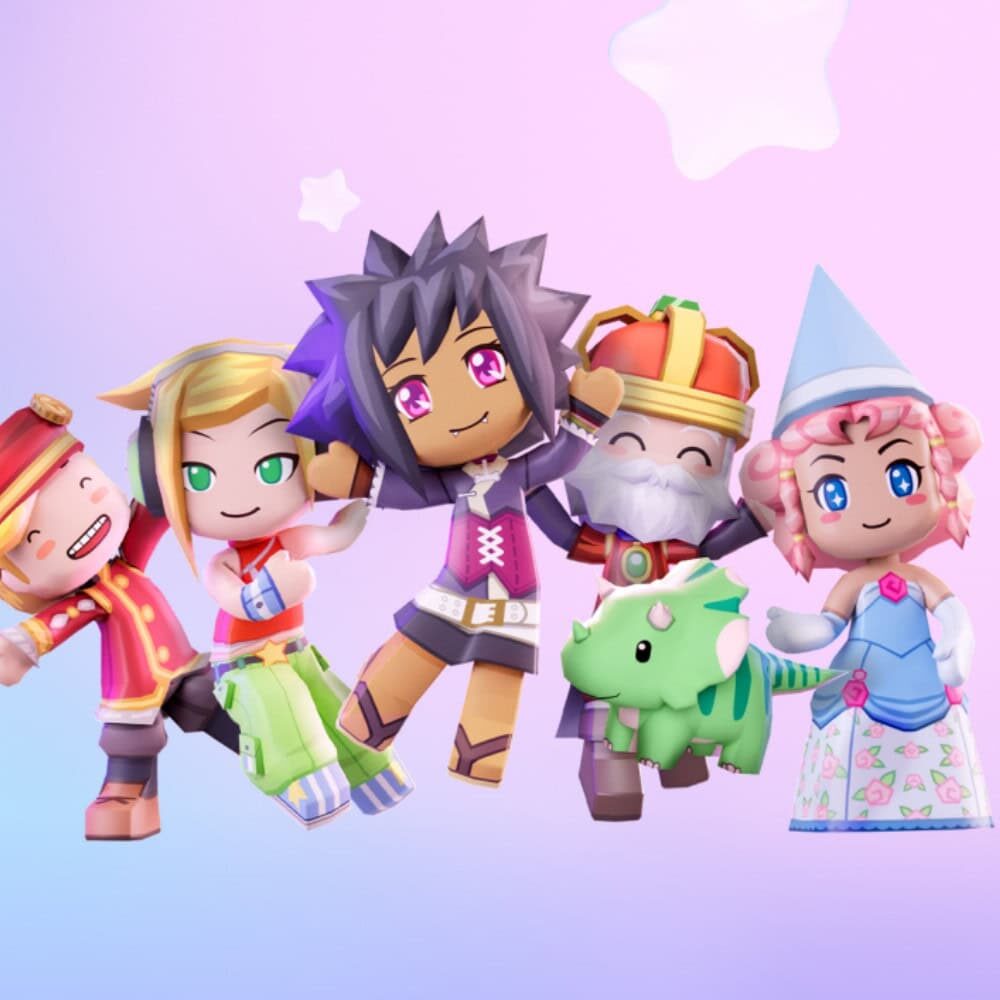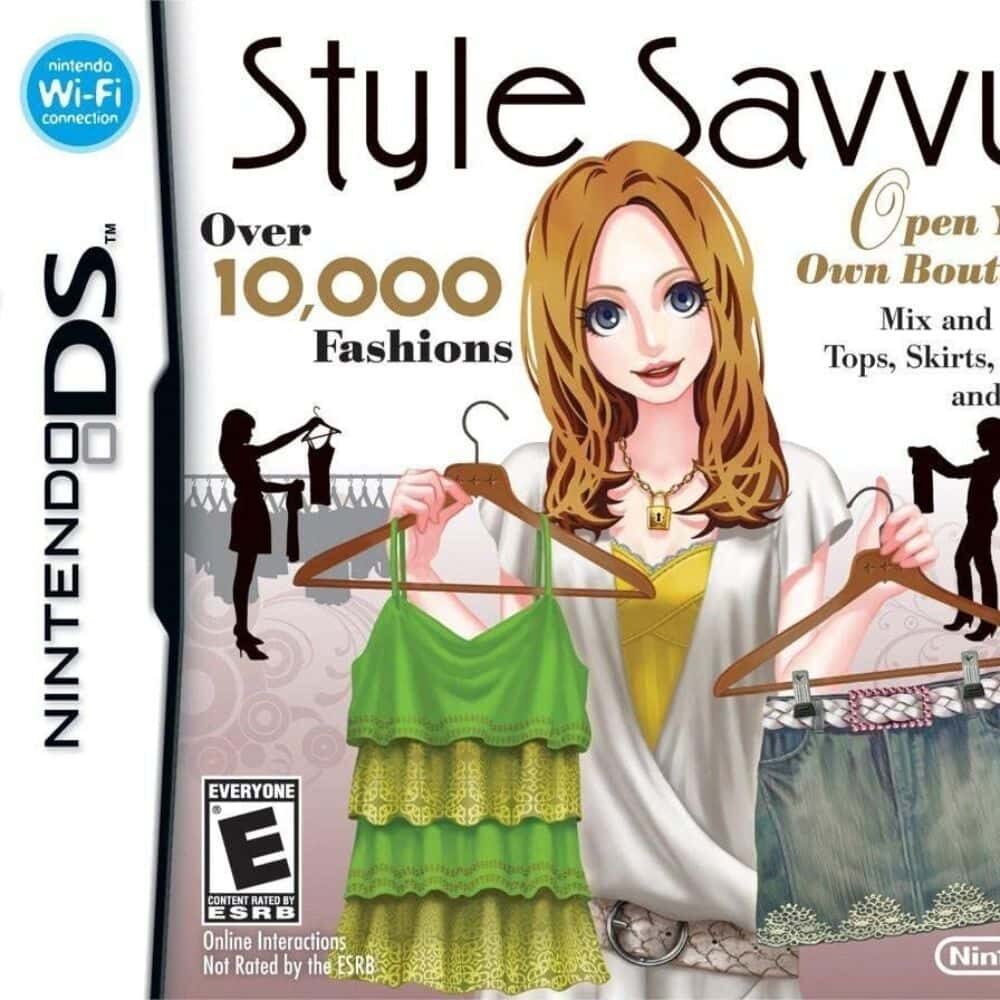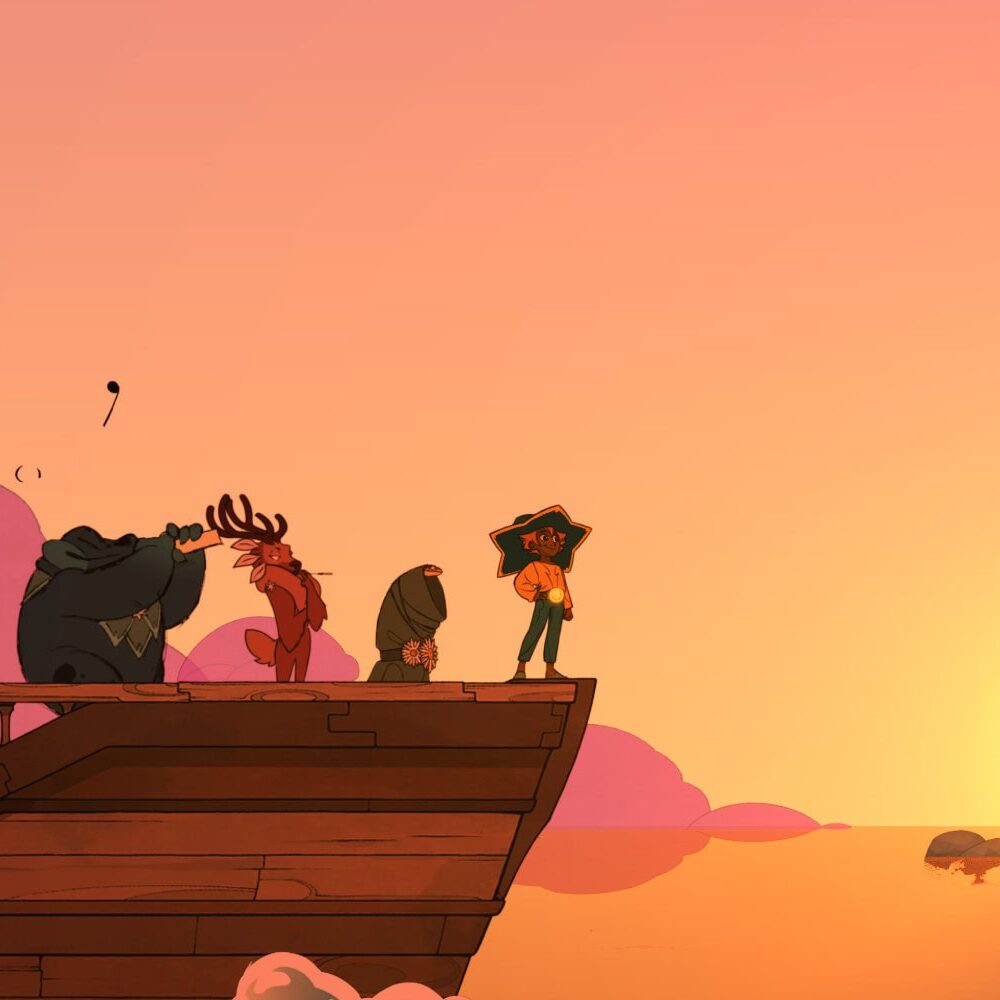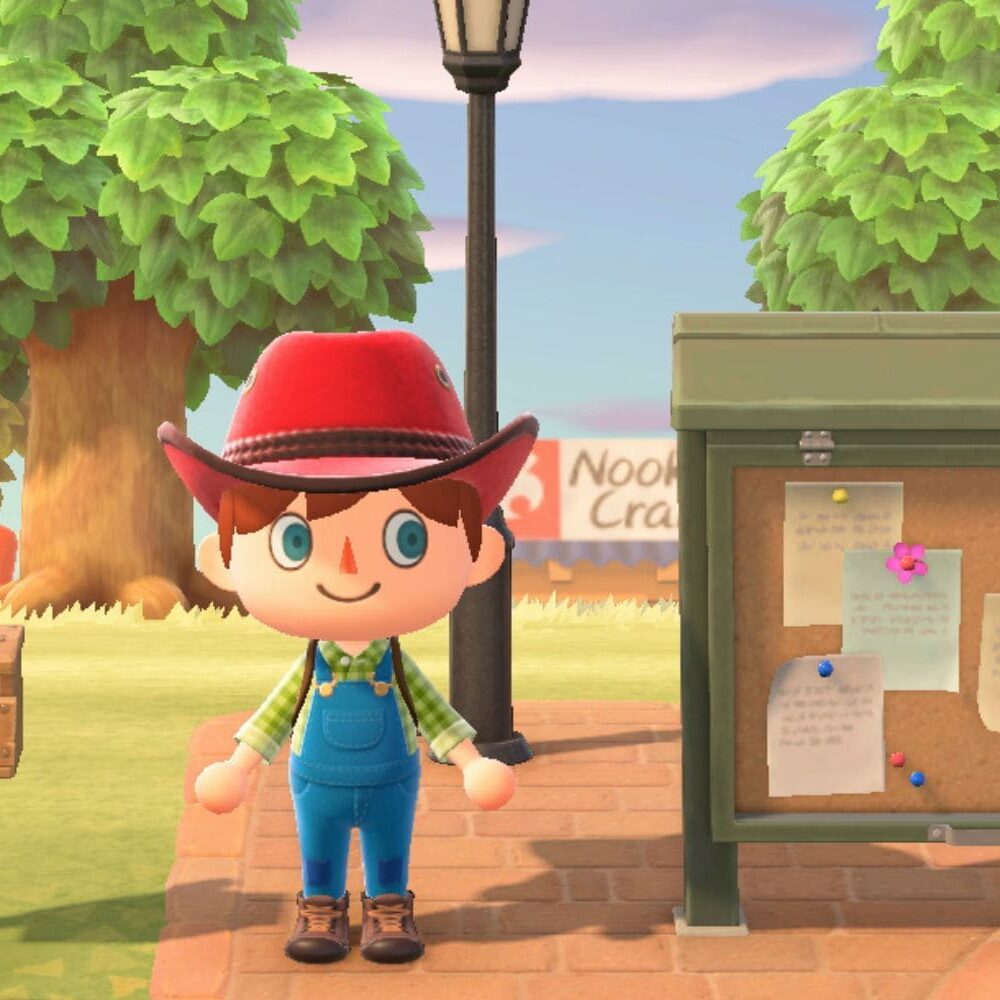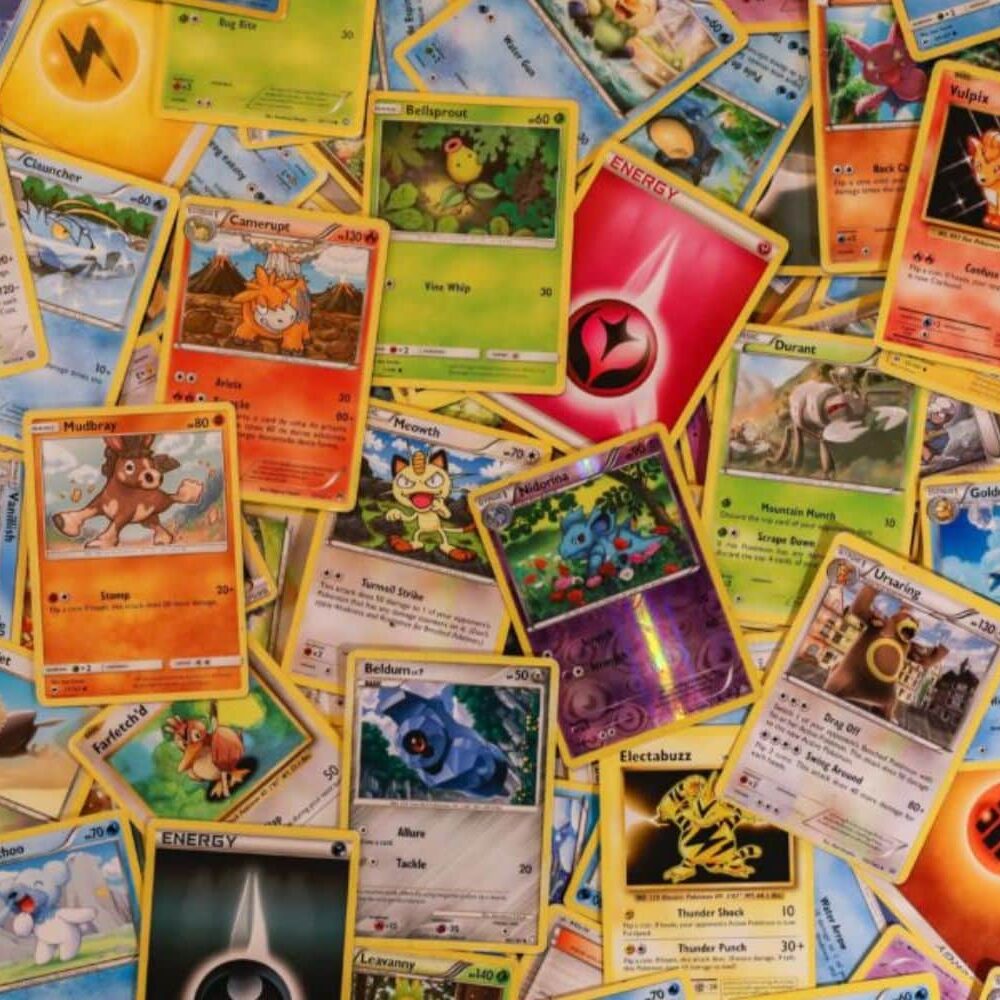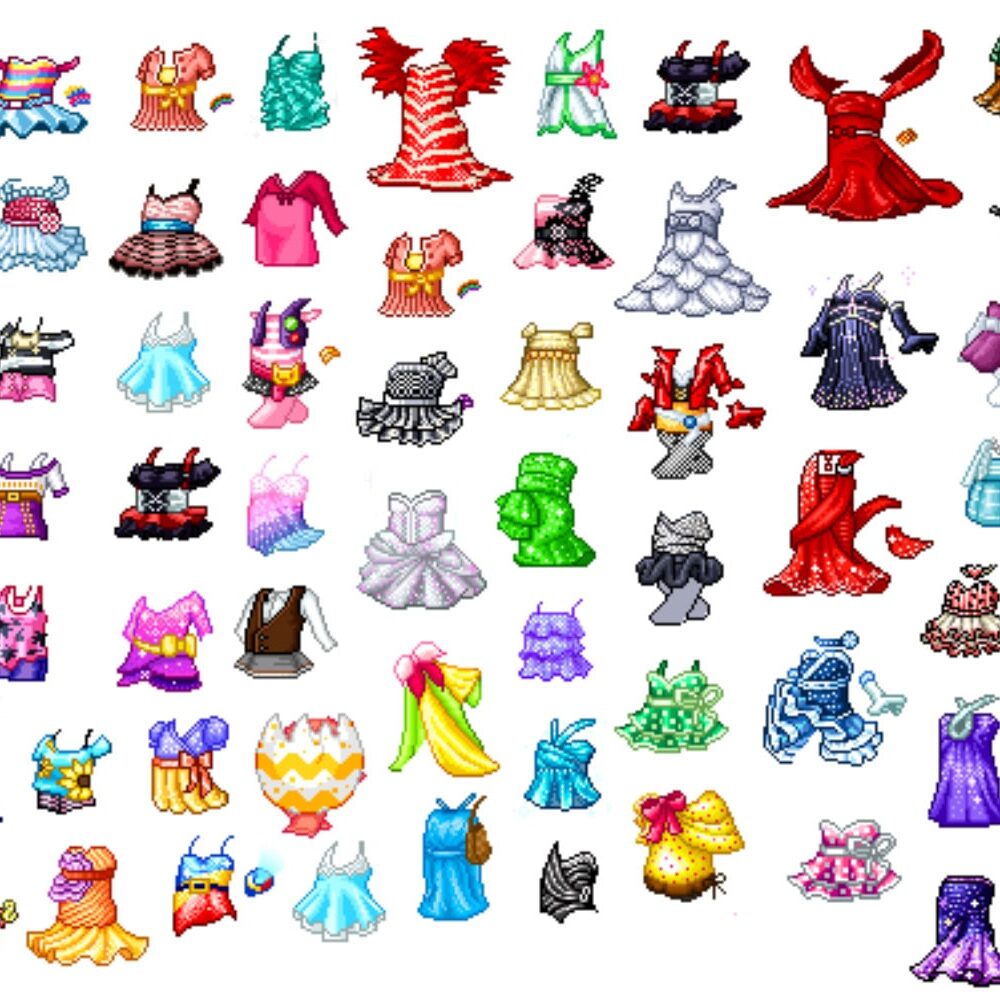
The pixelated utopia that burned bright and died fast, just like everything good online.
Ah, Fantage—a flashback to the days when the internet felt like a freshly discovered galaxy. Imagine it: 2008, an era where the internet was less algorithmic and more anarchic, where the hottest trend wasn’t about who had the most followers, but who had the most neon-clad avatar in an online game designed for kids. Fantage was the digital utopia for the tweenage crowd, a place where your biggest dilemma was whether to splurge your hard-earned Stars on a new virtual outfit or save up for a more exclusive hairdo. It was a pixelated paradise, until it wasn’t.
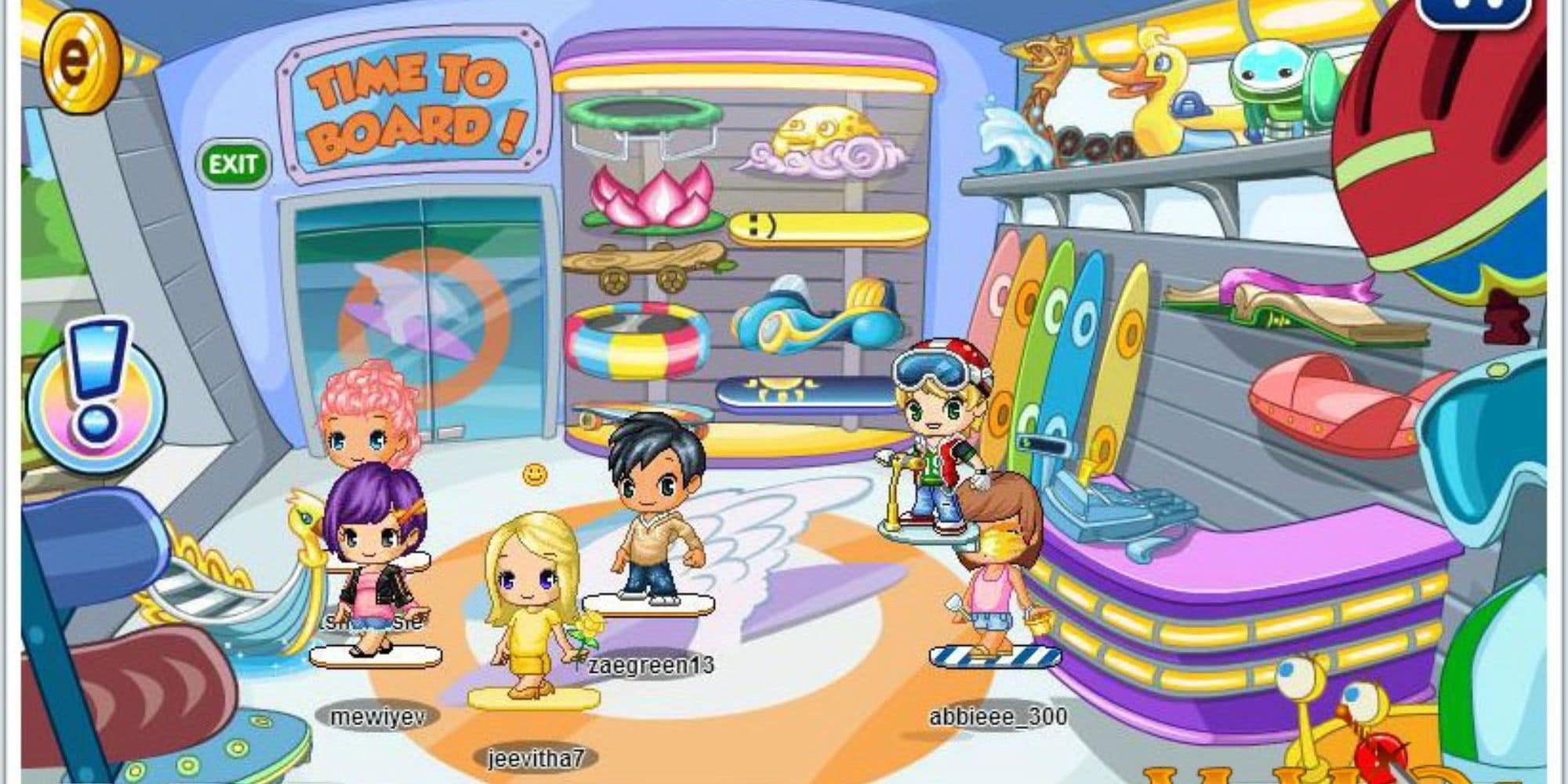
Launched in 2008, Fantage was a love letter to all things kitsch and kawaii. The game invited children aged 6-14 to dive into a world bursting with colour, charm, and an array of mini-games that were as addictive as they were innocuous. You didn’t just log on; you escaped. Escaped from the drudgery of homework and chores into a realm where you could customise your avatar to perfection, explore fantastical towns, and chat with friends without the shadow of parental supervision hovering too close.
Fantage was more than just a game; it was a digital playground where creativity and socialising were entwined. Whether you were flaunting your fashion sense at the online Fashion Show or hosting a party in your pimped-out virtual home, Fantage was all about the aesthetic flex. It was a place where you could be whoever you wanted to be, provided your avatar had enough flair to pull it off.


In its heyday, Fantage was a haven for the pre-teen crowd. The game’s simple, browser-based interface meant that anyone with an internet connection could jump in and start playing. And jump in they did—by 2012, Fantage had over 23 million users in the US alone. It was the place to be for kids who wanted to hang out online without the drama of social media, which was still in its early days of transforming from a mere time-sink into a full-blown digital identity crisis.
But with great popularity comes great problems. The introduction of features like MyMall and Trade ‘n’ Sell—where players could trade virtual items—quickly became a breeding ground for scamming and hacking. The game’s idyllic world started to show cracks as players began to exploit these systems. When the developers eventually removed these features, they inadvertently alienated a chunk of their loyal user base. Some of the most dedicated players felt that their beloved playground had been taken away from them, leaving a void that no amount of in-game events or new content could fill.

As the 2010s marched on, Fantage found itself at odds with the rapidly evolving digital landscape. The game that once felt cutting-edge was beginning to look more like a relic. Social media platforms like Instagram and Snapchat were transforming how young people interacted online, offering a level of sophistication and immediacy that Fantage’s pastel-hued simplicity couldn’t compete with. The game’s user base began to shrink, as players who had once been loyalists moved on to more dynamic, mobile-friendly alternatives.
The final nail in the coffin came in 2013 with the introduction of the Gold currency. Unlike the game’s original Stars and E-Coins, Gold could only be obtained through real-money transactions. This move not only created a chasm between paying and non-paying players, but it also devalued everything that had come before. Years of amassing wealth in the form of Stars and E-Coins suddenly meant nothing, leaving many players feeling like they’d been duped. What had once been a light-hearted escape from the pressures of real life started to feel all too much like it.
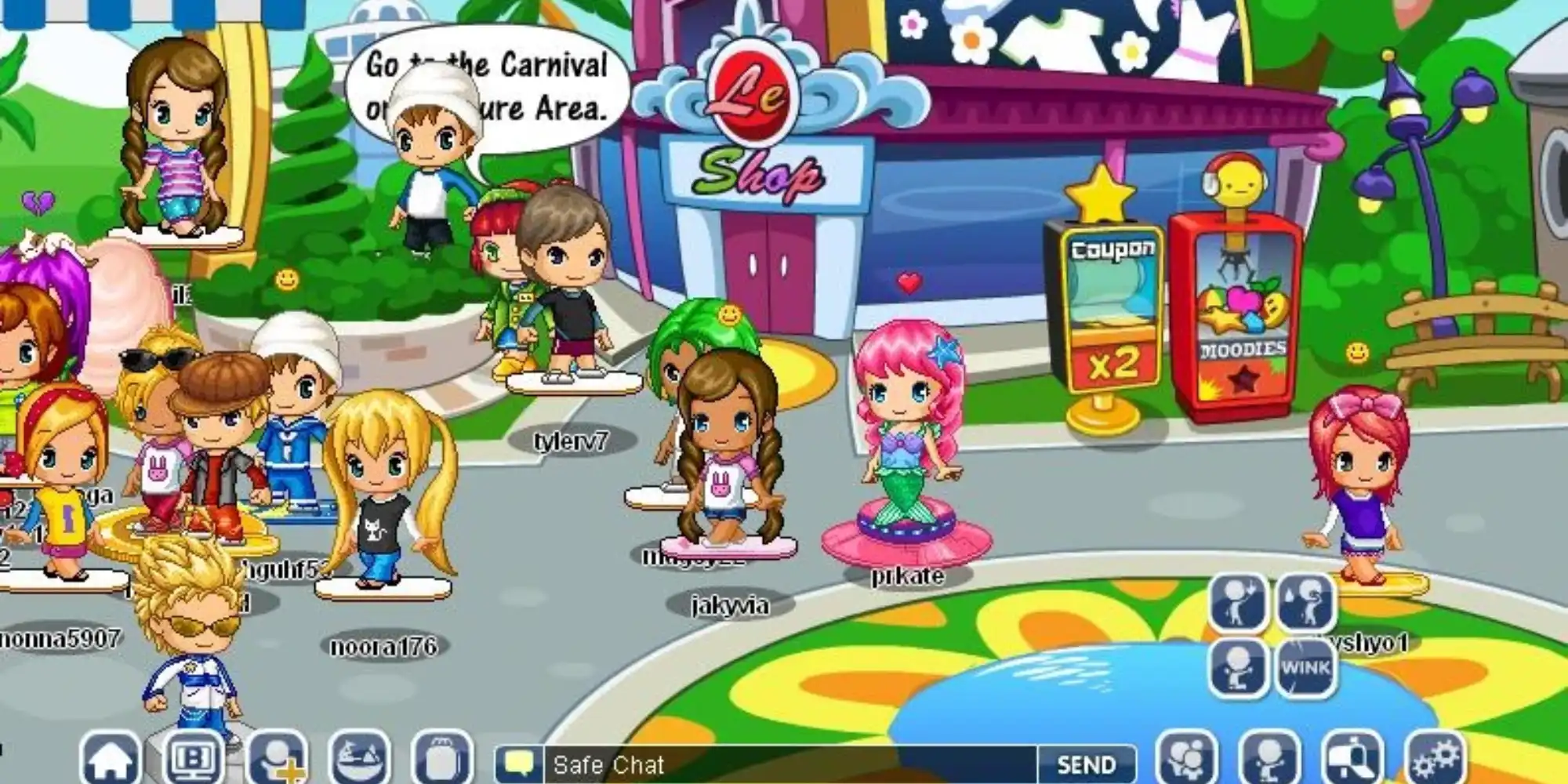
By the time Fantage turned ten in 2018, it was a ghost town. The vibrant community that had once filled its streets had all but vanished, and the game was officially shuttered on July 1, 2018. It was a sombre end to a digital wonderland that had, for a time, felt like it would never fade.
___STEADY_PAYWALL___
Even though Fantage is no longer with us, its legacy endures in the memories of those who lived their tween years in its pixelated embrace. The game may be gone, but the nostalgia for those simpler times remains strong, especially as today’s digital world becomes increasingly complex and commercialised. Former players still gather online, sharing memories, fan art, and wistful posts about the good old days of Fantage.
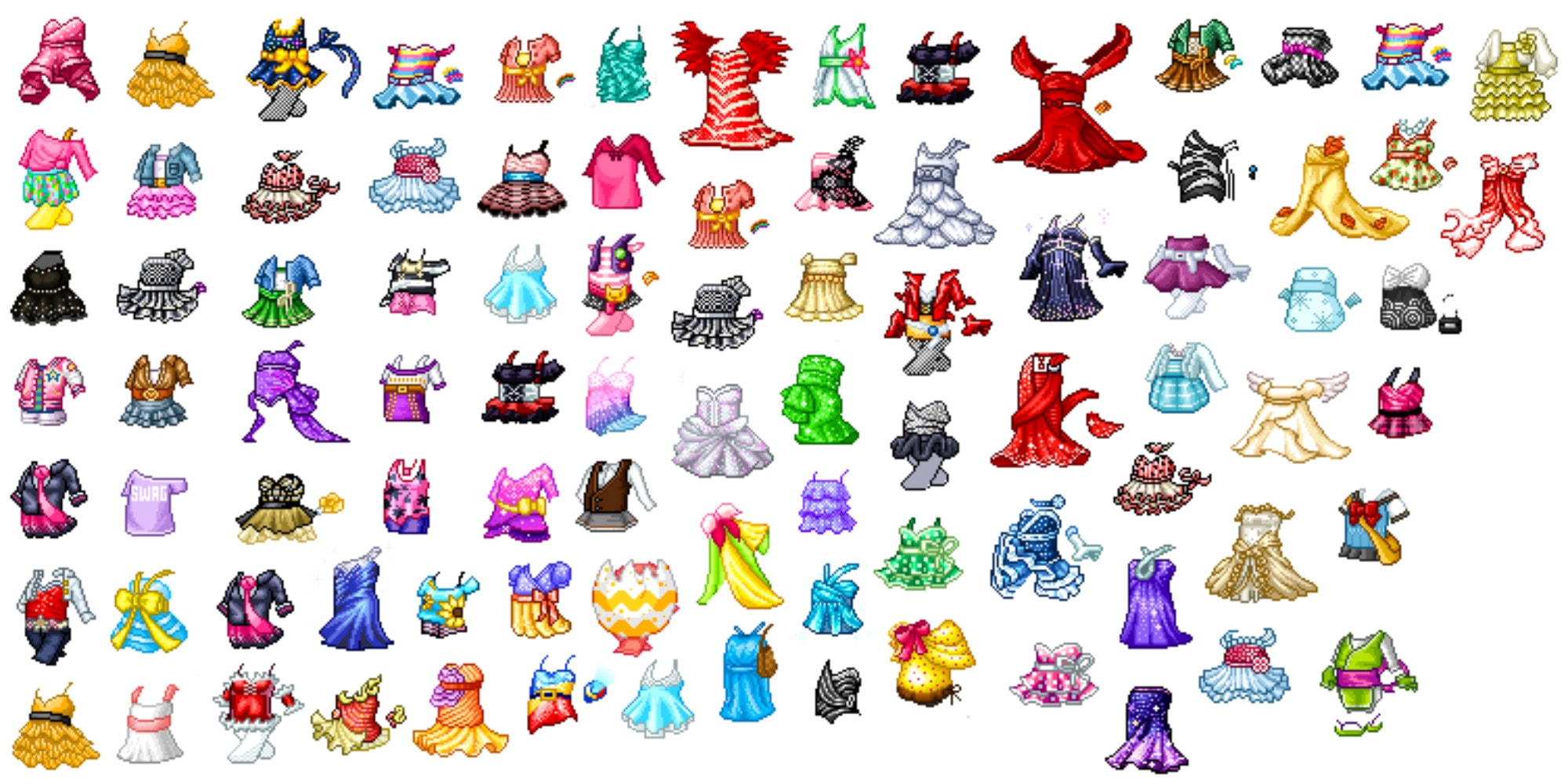
In retrospect, Fantage was a reminder of what the internet could be—fun, creative, and inclusive, without the toxic undercurrents that so often characterise today’s online spaces. It was a place where you could be yourself, or at least an idealised, avatar version of yourself. And maybe that’s why it still holds a place in so many hearts: it represented the best parts of a digital world that we’re all too aware has changed for good.
So here’s to Fantage—a bright, shiny beacon of nostalgia from an internet era that now seems almost quaint. It was a world we didn’t know we’d miss until it was gone. And even though it’s logged off for good, the memories remain, like the glittering trail of a shooting star in a digital night sky.
Enjoyed this story? Support independent gaming and online news by purchasing the latest issue of G.URL. Unlock exclusive content, interviews, and features that celebrate feminine creatives. Get your copy of the physical or digital magazine today!

